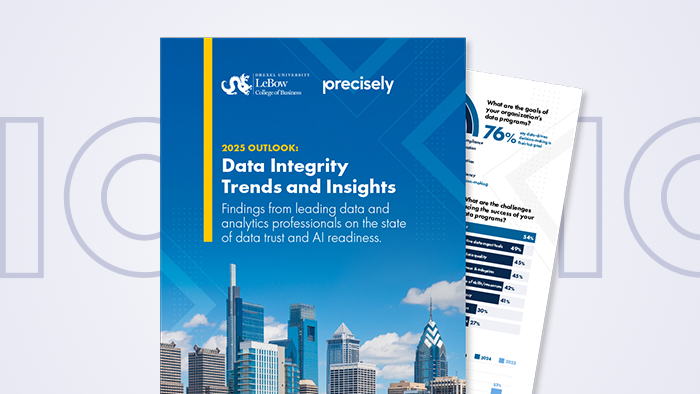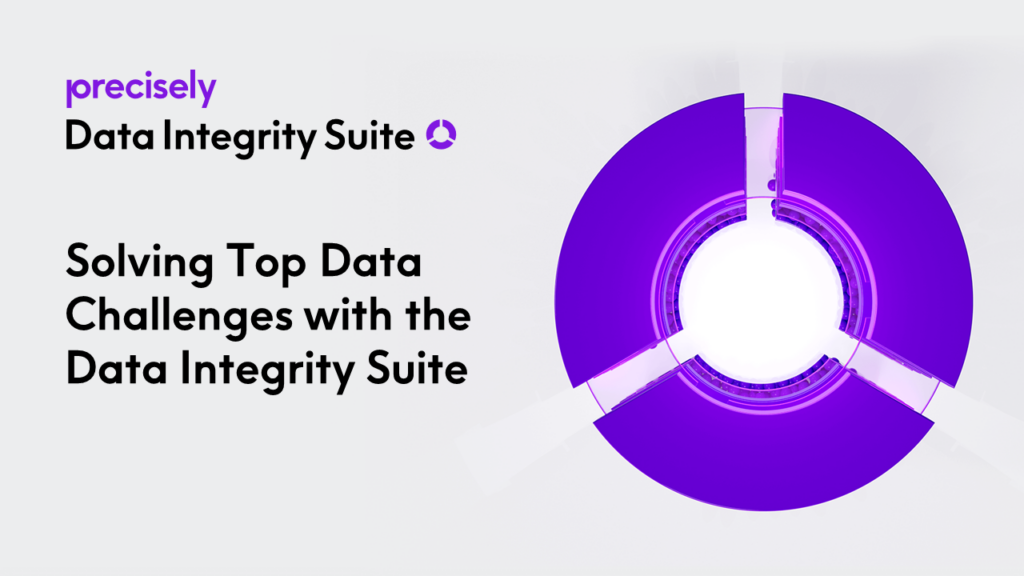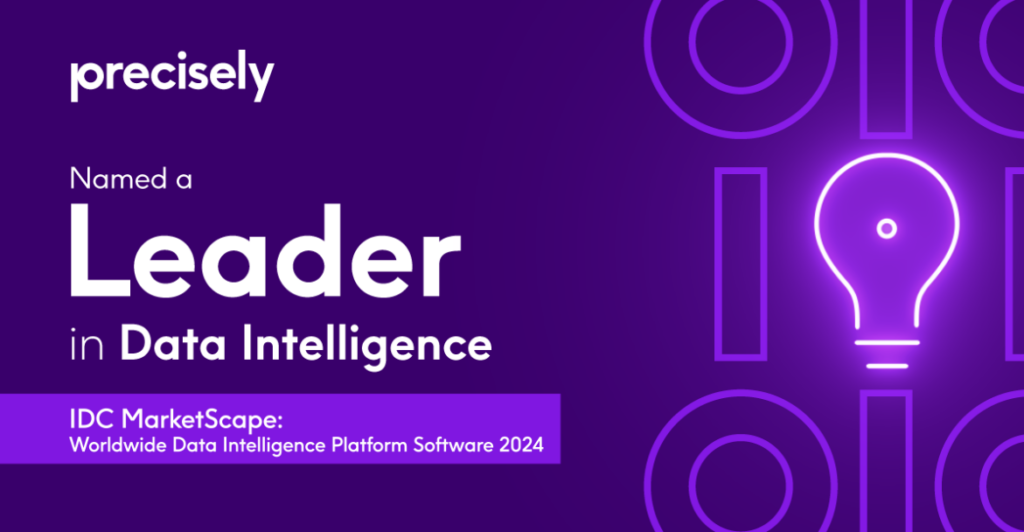
Precisely Data Integrity Suite
The modular, interoperable Precisely Data Integrity Suite contains everything you need to deliver accurate, consistent, contextual data to your business – wherever and whenever it’s needed.
Deliver trusted data to your business with the Data Integrity Suite
Your one-stop shop for trusted data
The Precisely Data Integrity Suite is a set of interoperable cloud services that enable your business to build trust in its data. Data with integrity has maximum accuracy, consistency, and context – empowering fast, confident decisions that help you add, grow, and retain customers, move quickly and reduce costs, and manage risk and compliance.
NZ Super Fund trusts its investment data. With Precisely, they centralized governance, boosted data quality—and hit 100% compliance.
Responsible AI, purpose-built for data integrity
Discover how Precisely is transforming data management with trusted AI.
Powered by Gio™ AI Assistant and Agentic AI, the Data Integrity Suite helps teams work faster, simplify complexity, and stay in control of how AI is used across the business for data integrity.
Meet Gio™ AI Assistant – your AI Assistant for data integrity
Explore the Suite and its Foundation
Maximize value at each step of your data journey with the Data Integrity Suite and its fundamental building blocks, the Data Integrity Foundation. Designed to work seamlessly with traditional and modern tech stacks, these capabilities integrate with our market-leading portfolio of solutions to meet your unique needs.
Over 12,000 businesses worldwide make their data integrity visions a reality with Precisely. Start your success story today.

Data Integrity Foundation
The fundamental building blocks that connect and accelerate all Data Integrity Suite services.

Data Integration
Break down data silos by quickly building modern data pipelines that drive innovation.

Data Observability
Proactively uncover data anomalies and take action before they become costly downstream issues.

Data Governance
Elevate data literacy and accountability with greater insight into your data meaning, policies, and lineage.

Data Quality
Deliver data that’s accurate, consistent, and fit for purpose across operational and analytical systems.

Geo Addressing
Verify, standardize, cleanse, and geocode addresses to unlock valuable context for more informed decision-making.

Spatial Analytics
Discover and visualize patterns, trends, and relationships between location-based datasets.

Data Enrichment
Enhance the value and usability of your data by adding context from hundreds of expertly curated datasets.
The Suite’s SaaS architecture makes it cost-effective, easy to deploy, and highly scalable.
Its modular design means you can consume the services you need when you need them. And while each best-in-class service delivers tremendous business value, it’s the Data Integrity Foundation that connects the services that make the Suite unique and innovative.
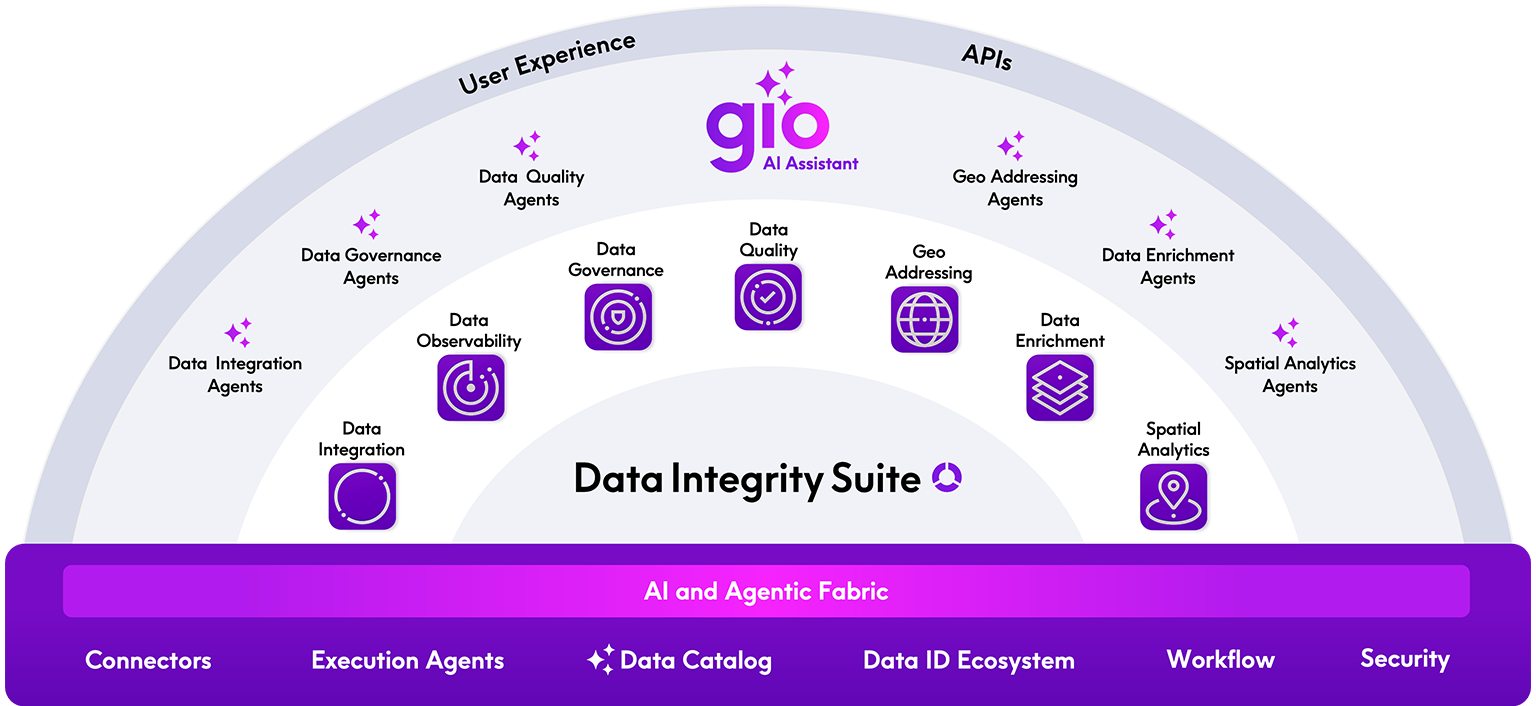
Advance your data ecosystem
Open & Interoperable
Avoid lock-in with a suite that fits your existing data and AI stack investments.

Common Foundation
All the essentials in one place to securely access, understand, and improve your data faster.

Enterprise-ready APIs
High-performance, global APIs with a single portal for docs, code samples, and collaboration.
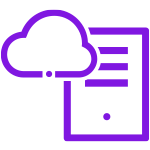
Hybrid Deployment Architecture
Execution agents operate across hybrid environments, enabling action on data wherever it lives.

Modular & Composable
Grow at your pace without procurement and deployment hurdles.

Pre-linked Datasets
Streamline enrichment with pre-linked datasets that integrate with your data via unique IDs and APIs.

APIsBuild apps and run processes programmatically
Data Integrity Suite APIs provide the flexibility to connect, extend, and innovate on your own terms. Choose between public APIs hosted in the Suite or private APIs deployed in your own environment to align with your architecture and security needs. Use APIs to build location-aware applications, automate data integrity processes, administer and extend the Suite, and power your AI through options such as Model Context Protocol (MCP) to deliver reliable, contextually relevant outcomes.
Learn How APIs Drive Value Get Started in the Developer Portal

Ready to build new possibilities and grow your business?
Make faster, more confident decisions based on trusted data






